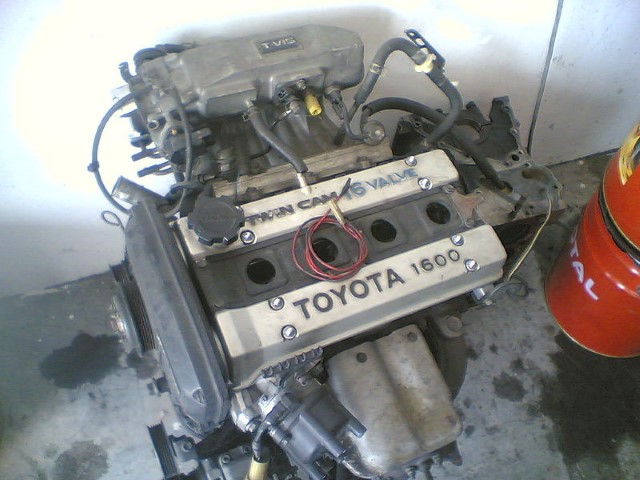4A-GE Toyota engine workshop manual download digital and repair manual

Toyota 4A-GE engine factory workshop and repair manual download
on PDF can be viewed using PDF reader like adobe , or foxit or nitro
File size 68 Mb searchable
Fitted to AA63 Carina ,AT160 Carina, AT171 Carina, AA63 Celica, AT160 Celica, AE82 Corolla saloon, FX ,AE86 Corolla Levin, AE92 Corolla , AT141 Corona ,AT160 Corona ,AW11 MR2 ,AE82 Sprinter , AE86 Sprinter Trueno ,AE92 Sprinter , AE82/AE92 Corolla GLi Twincam/Conquest RSi South Africa), Chevrolet Nova , Geo Prizm GSi . Download digital on PDF
1987 Edition manual
Service Specification
Engine Mechanical
Charging System
Cooling System
Ignition System
Electronic Fuel Injection
Lubrication
Preparation
Toyota 4A-GE engine factory workshop and repair online download

 0 Items (Empty)
0 Items (Empty)